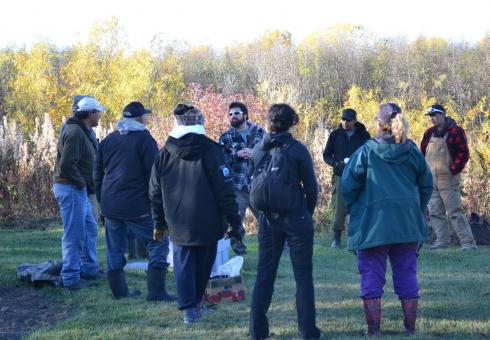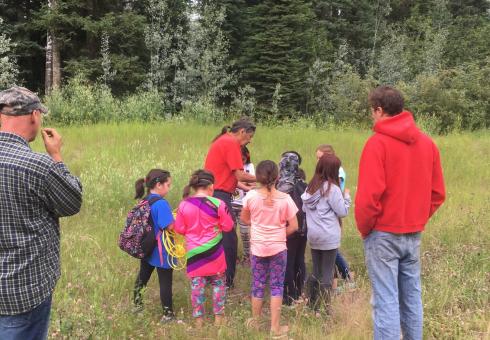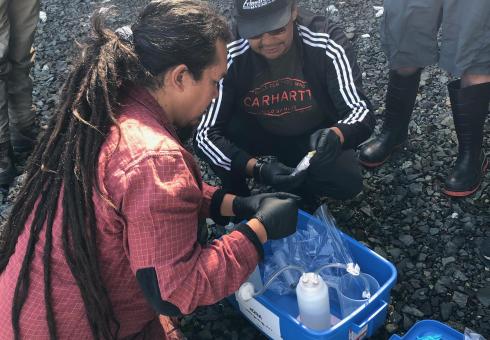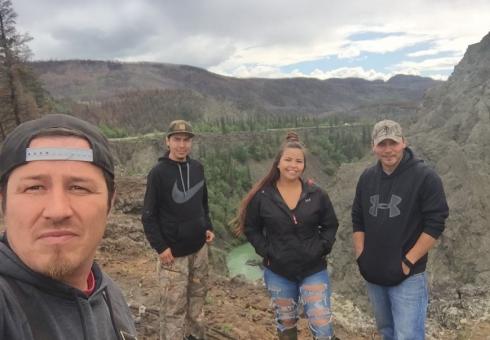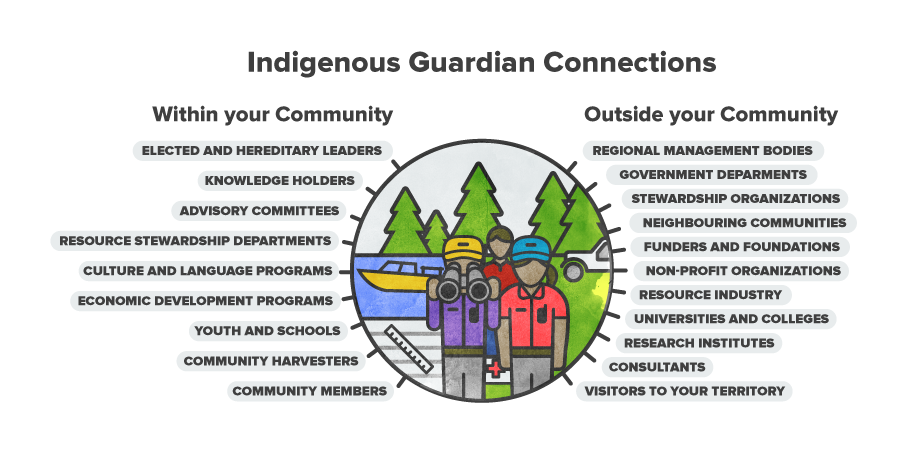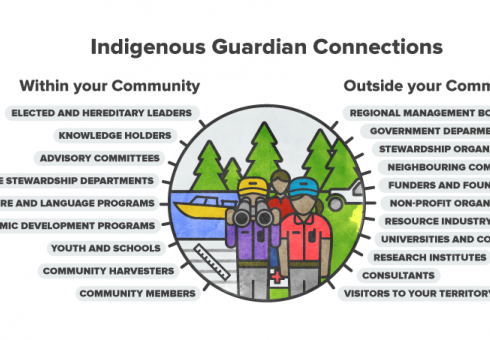Tips for Getting Started
- Get clear on why you want and need a Guardian program and what issues or priorities you are trying to address.
- Consider the real-world context you will be building your program in – a SWOT analysis can help you to do this (SWOT - strengths, weaknesses, opportunities and threats).
- Get community leaders and other community champions involved with the Indigenous Guardian program right from the start to build awareness and support for the program.
- Reach out. Build a network of program allies that can support and strengthen the work you are doing in various ways and in different forums – think community, government, private sector, researchers, philanthropy, etc.
- Reach out to established Indigenous Guardian programs in other places to learn from their experience, create excitement around your program, and save yourself time and money you might otherwise spend re-inventing the wheel.
- Don’t wait for everything to be 100% in place to get going. Just get started and build on the experience, capacity and momentum you’ve built up implementing other initiatives.
- Root your program in a few well-run initiatives before scaling up too fast.
- Be creative, even in the face of budget constraints, and get Indigenous Guardians out on the lands and waters by any and all means.
- Know that building a program takes time, effort, patience and persistence. Help community members understand what it takes to do this work, share information with them, and encourage them to walk the path with you as you develop the program.
